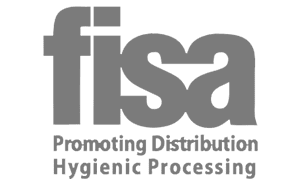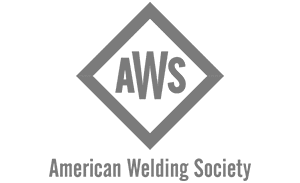Pharmaceutical Filling Needles: How to Reduce Dripping and Solve Other Common Problems
A tremendous amount of this blog has focused on how we can optimize a process to get a product to the final filling stage, but little of the information available to consumers today focuses on the specific challenges that can occur during the final fill process. Specifically, we’re referring to the lack of information available about filling needle design. Whether you’re filling a vial or a bottle, each product and application is unique. For many applications, a blunt needle tip will suffice. But for more challenging products, we may need to revisit the needle geometry. This post will highlight some common challenges during filling, needle tip geometries, and the problems they address.
To begin, why is needle tip geometry so important? Let us explain. In final fill applications, our goal is to fill both accurately and quickly. We also want to minimize product loss and ensure final product sterility and viability. In order to achieve these goals, we want to avoid foaming of product in the vial or dripping through the needle. Product characteristics such as density, polarity, and surface tension all greatly impact the ease of filling a product. Other products may not be compatible with steel or may be oxygen sensitive. Selecting the right tip geometry can be as much art as science, so let’s look at a few of these properties and needle tips styles we can use to make our lives easier.
Let’s start by looking at the most common needle geometry- the blunt, straight-end tip. Blunt needles are the “standard” needle type provided by most machine OEMs. The blunt needle will dispense liquid directly into the bottom of a container. Problems that are likely to occur with blunt tip needles can include dripping, foaming, and wicking- particularly with hydrophobic and low surface tension products.
One tip geometry we can use to combat this is the basket tip type needle. These are used in applications where foaming and dripping occur, usually because a blunt tip needle can’t support the fluid column (even when the tubing is properly occluded). A basket tip needle has a larger combined surface area for fluid to exit, reducing the flow rate, but better supporting the fluid column. The basket design directs fluid towards the sides of the container, allowing soapy or foamy products to cascade down the sides of the container like a waterfall without foaming or splashing.
Building on this design, a showerhead type needle will also help with foaming, dripping, and high density hydrophobic products. Showerhead needles are especially helpful with larger fill volumes and usually not feasible with smaller needles. Showerhead needles work by directing product flow in as many as six individual streams. In high volume fills, this greatly reduces the fill times of foamy or soapy products, allowing operators to run product pumps at full speed without issue.
While hydrophobic, oil based products tend to run through the needle head, some products will actually adhere or wick to the needle tip. To combat this, Teflon coated or even solid PEEK needles can be used. Teflon is known for being incredibly slick and won’t interact with a hydrophilic solution. An FEP coated needle effectively strips away extra liquid before it can accumulate in the needle head, throwing off fill volumes.
A final filling challenge we’d like to highlight is metal sensitive products. Specifically, halogen based and high salt content products. Halogens are notorious for attacking and destroying even passivated stainless steel. This is a problem for obvious reasons. To combat this, a variety of halogen resistant coatings can be used to product the steel needle stock. By eliminating halogen related corrosion, we maximize needle life and mitigate corrosion associated risk.
To conclude, final fill and finish is often as much of an art as it is a science. While there is plenty of information available about all of the steps leading up to the needle, very little attention has been paid to optimizing the filling needle design itself. If you have questions about your pharmaceutical filling needle, contact a Holland Sales Engineer today.







